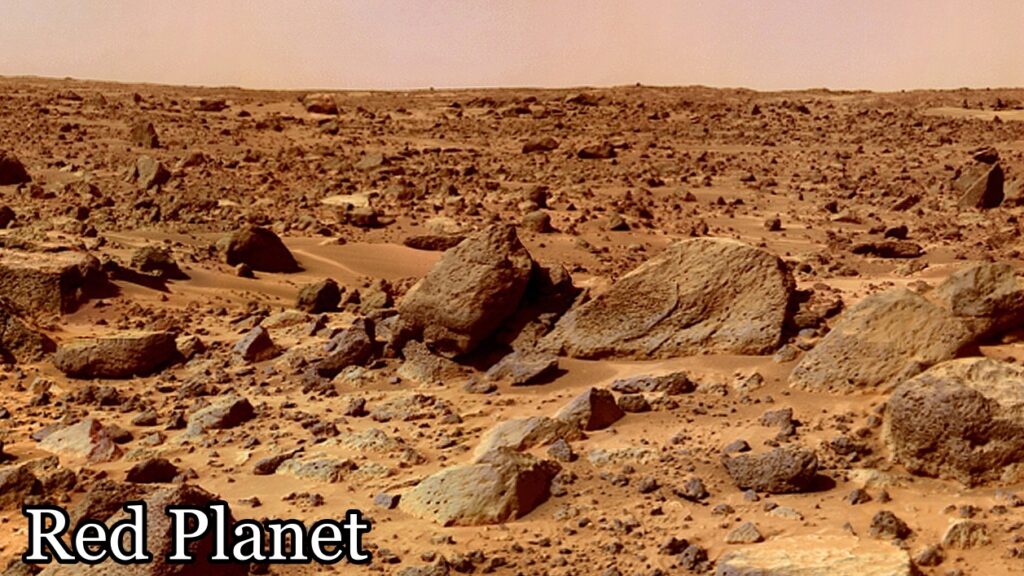China is making big strides in space exploration with exciting updates on their Mars sample return mission. Meanwhile, NASA is grappling with leadership changes and setbacks to its Artemis program.
Here’s an in-depth look at the latest developments from China’s Mars mission and the evolving situation at NASA.
China’s Ambitious Mars Sample Return Mission
China is poised to launch its groundbreaking Mars sample return mission, Tianwen 3, in 2028, with plans to bring back the first Mars rock by 2031. This mission is critical for unveiling the true history of the Red Planet and potentially identifying ancient life on Mars.
Tianwen 3 follows the success of Tianwen 1, which saw a Chinese rover land on Mars in 2021, spending over a year analyzing the Martian surface. To build on this achievement, Tianwen 3 will rely on multiple launch vehicles to execute a complex sample return operation.
- Two Long March 5 rockets will be launched in 2028. One will carry an orbiter and return vehicle, while the other will transport a lander and ascent vehicle.
Sample Collection and Study: Strategic Landing Sites
The Chinese mission team has already identified 86 potential landing sites across Mars, including regions like Crisium Planum and Utopia Planum. These locations are believed to hold ancient lake beds, deltas, and coastlines—ideal environments that may have preserved signs of biosignatures, or evidence of past life.
Unlike NASA’s Perseverance Rover, which is currently collecting a large number of samples across a wide area, China’s mission will focus on a more strategic approach. The team is meticulously selecting areas with the highest likelihood of preserving traces of life.
Training for Sample Collection: Learning from Earth
In preparation for this ambitious mission, China is studying Earth’s most extreme environments, like hyper-arid deserts, to simulate Mars conditions. These areas are being used to practice sample collection and analysis techniques, ensuring that the team is fully prepared when it’s time to gather Martian material.
The mission will utilize surface tools and drilling equipment to collect samples from varied depths of Martian soil and rock, offering a more complete understanding of Mars’ geological history. Special instruments are being developed to search for organic molecules, hydrated minerals, and other potential biosignatures.
Additionally, China has hinted at using a helicopter drone, similar to NASA’s Ingenuity, to assist in sample collection—a novel approach that could significantly enhance mission efficiency.
International Cooperation and Future Goals
This mission will also involve international collaboration, with researchers from around the world contributing scientific instruments to the project. Once the Mars samples are returned to Earth, scientists from various countries will collaborate to study and analyze the data, emphasizing the global importance of understanding Mars and its potential to support life.

In the coming decade, China, NASA, and Europe will all be engaged in Mars exploration, and the competition for the first Mars sample return will heat up.
NASA Faces Challenges and Leadership Change
As China advances its Mars mission, NASA finds itself in a period of transition and struggle. The agency is facing leadership changes, delayed missions, and significant budget concerns, particularly regarding the Artemis program.
Jared Isaacman: NASA’s New Administrator?
In a surprising move, President-elect Donald Trump has nominated Jared Isaacman, billionaire businessman and private astronaut, to become NASA’s next administrator. Isaacman’s extensive experience in both the private aerospace industry and as a SpaceX astronaut makes him a unique candidate for this pivotal role.
Isaacman made history as the leader of Inspiration 4, the world’s first all-private orbital mission, and most recently with the Dawn Mission, where he ventured farther from Earth than anyone in over 50 years. His vision for space exploration could lead to a more commercialized approach at NASA, favoring reusable spacecraft like SpaceX’s Starship over traditional government-built systems.
Isaacman’s nomination is backed by both former NASA Administrator Jim Bridenstine and Lori Garver, NASA’s former Deputy Administrator. If confirmed, Isaacman will oversee NASA’s $25 billion annual budget, which funds critical programs like Artemis, and make major decisions on NASA’s future direction.
Artemis Program Faces Setbacks
Despite the excitement surrounding NASA’s Artemis program, which aims to return astronauts to the Moon, the program is experiencing serious setbacks. The launch of Artemis 2, originally slated for September 2025, has now been delayed until spring 2026 due to multiple challenges.
Challenges with the Orion Capsule’s Heat Shield
A major issue for Artemis 2 lies with the heat shield of the Orion capsule, which suffered excessive erosion during the Artemis 1 mission. This problem arose from the capsule’s skip re-entry method, which caused damage to the heat shield at low temperatures. NASA plans to address this by using a direct re-entry method for Artemis 2, which will increase speed but is expected to be safer overall.
However, budget constraints, delays, and competition from China could further hinder the progress of Artemis and NASA’s broader goals.
The Future of Mars Exploration: A Race Against Time
While NASA faces leadership changes and setbacks, the race to explore and understand Mars is heating up. China’s Mars sample return mission is advancing at full speed, with plans to launch in 2028 and return samples by 2031. Meanwhile, SpaceX, led by Elon Musk, is also pushing toward sending humans to Mars by 2030.
Whether it’s China, NASA, or SpaceX, the 2030s are shaping up to be a critical decade for Mars exploration, and we could be on the cusp of groundbreaking discoveries that will change our understanding of the Red Planet—and our place in the universe.
Read More:


1 thought on “China’s Mars Mission: Latest Developments and What’s Coming Next”